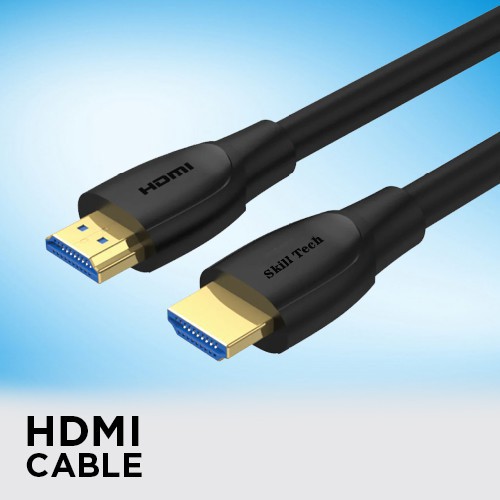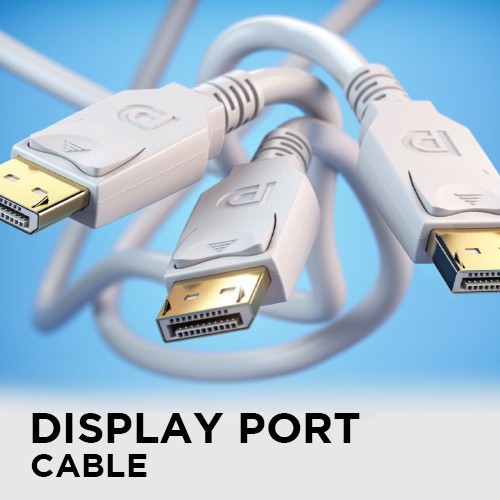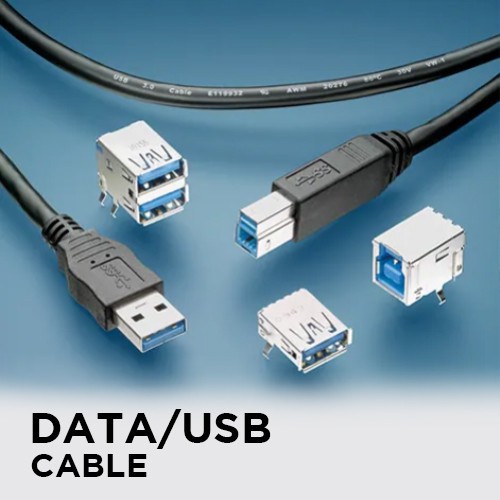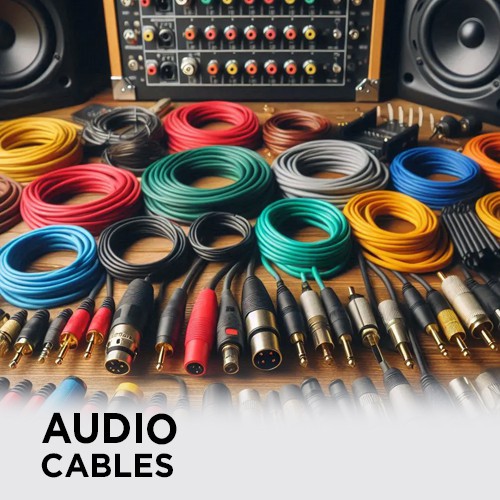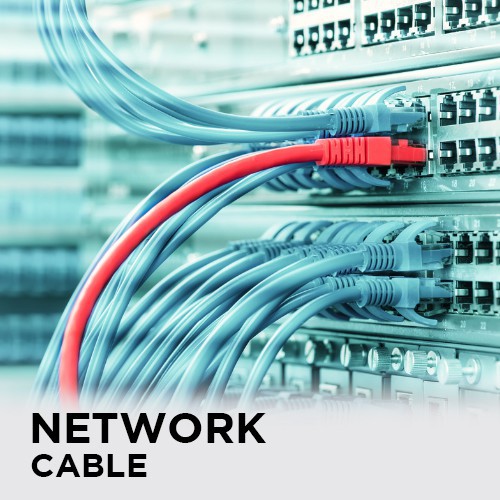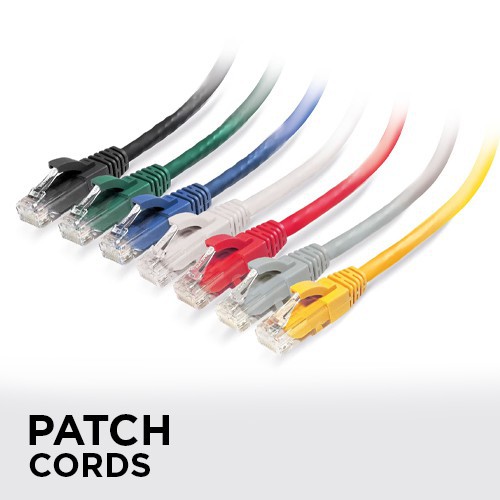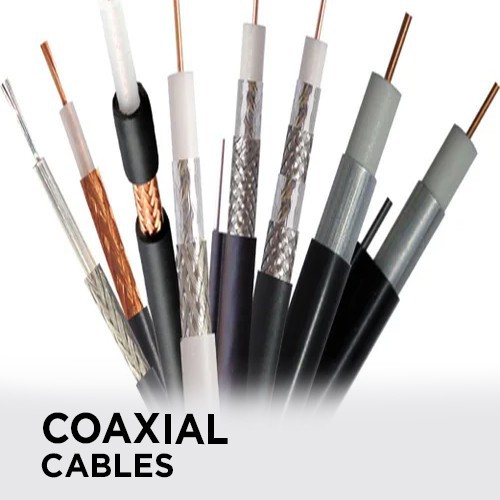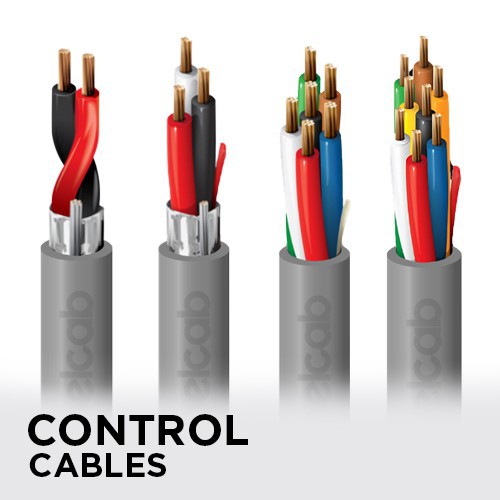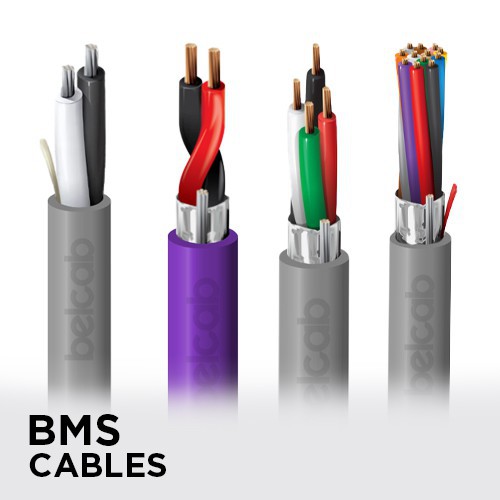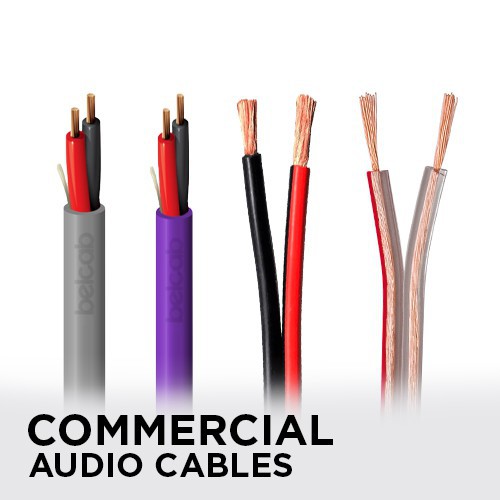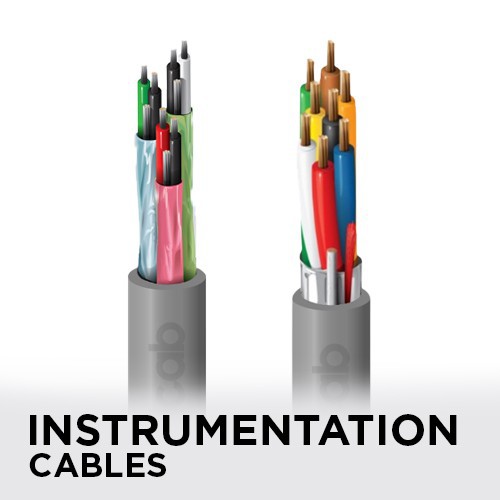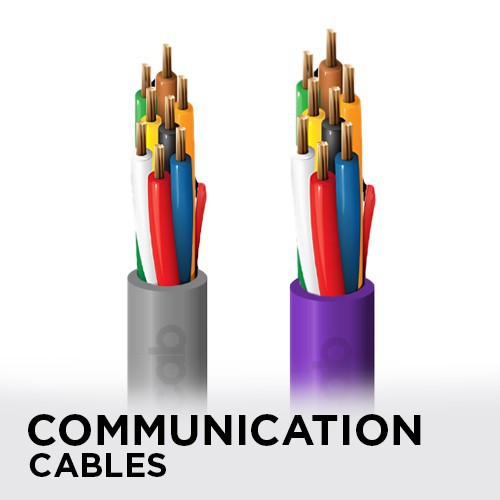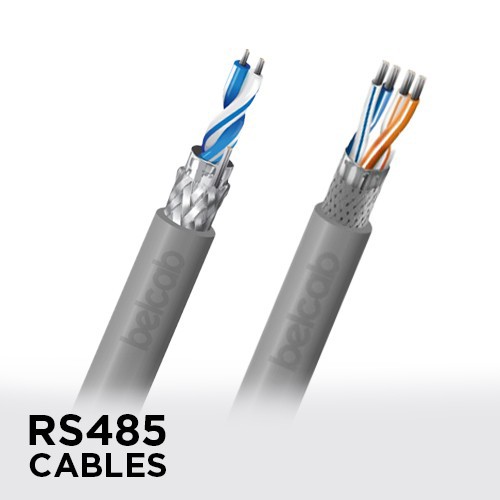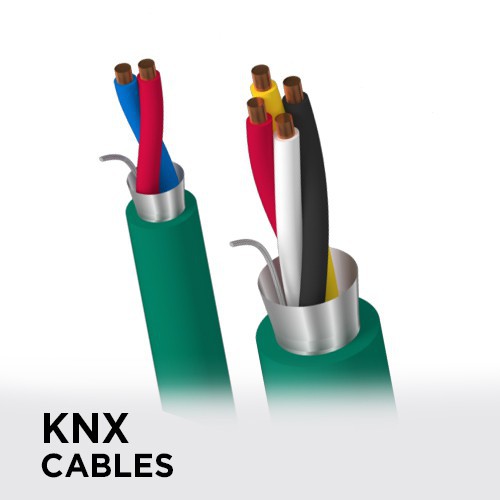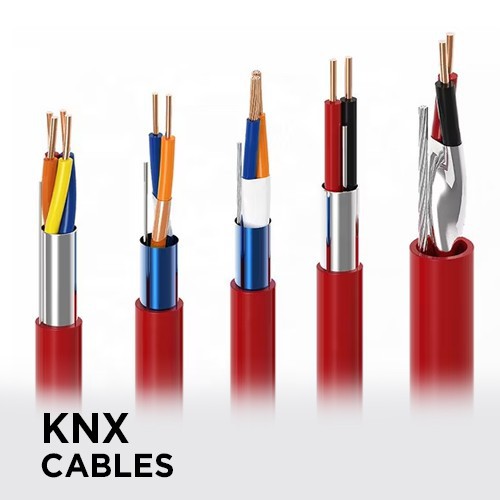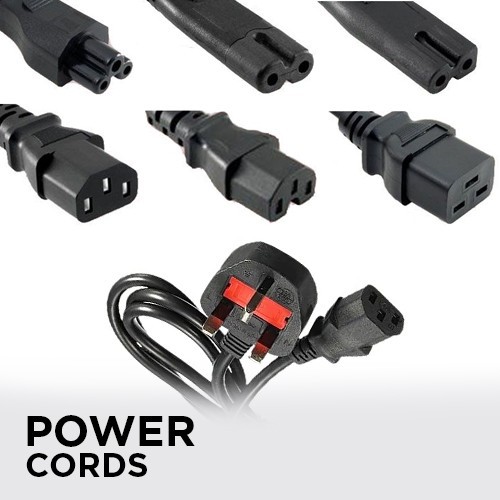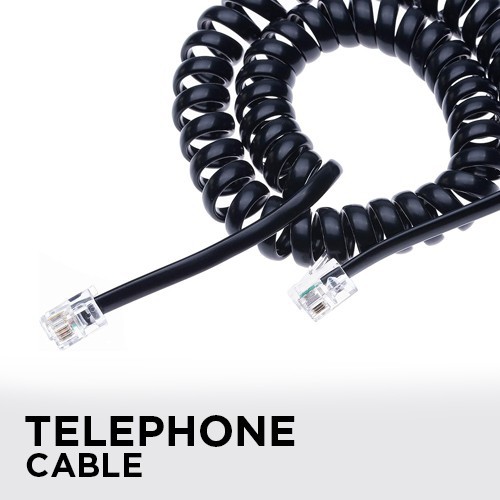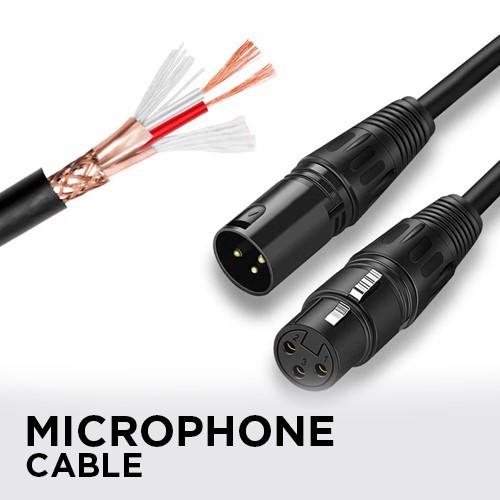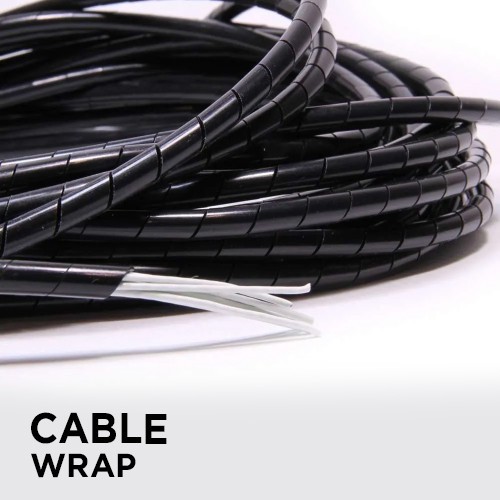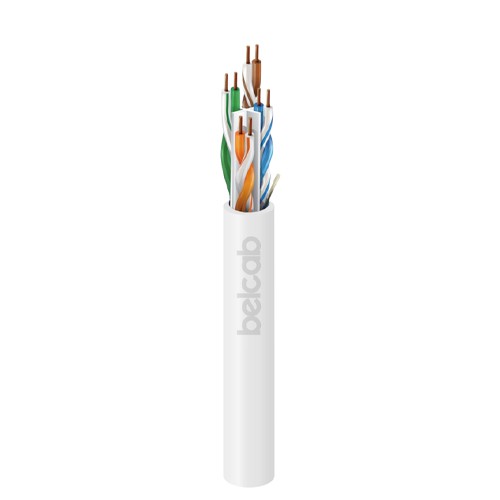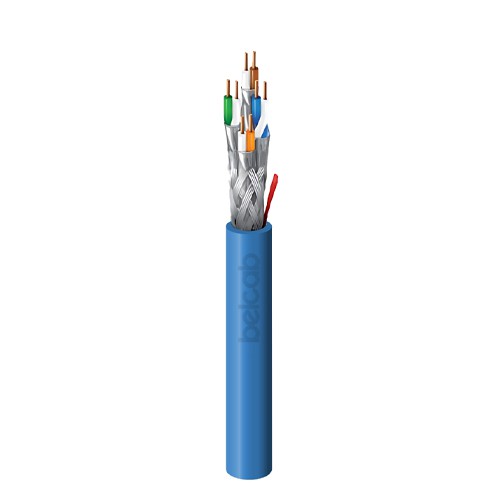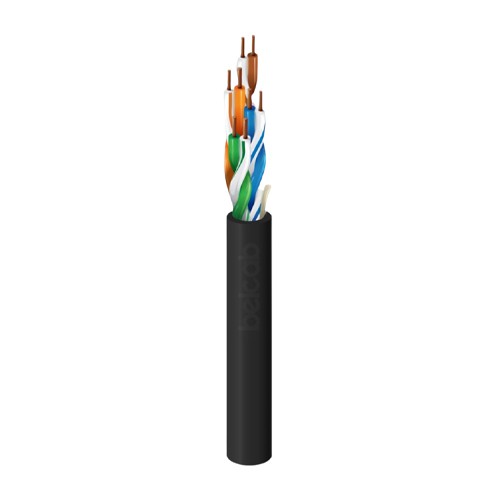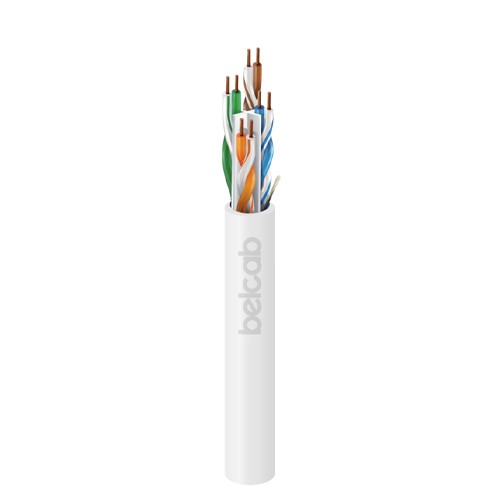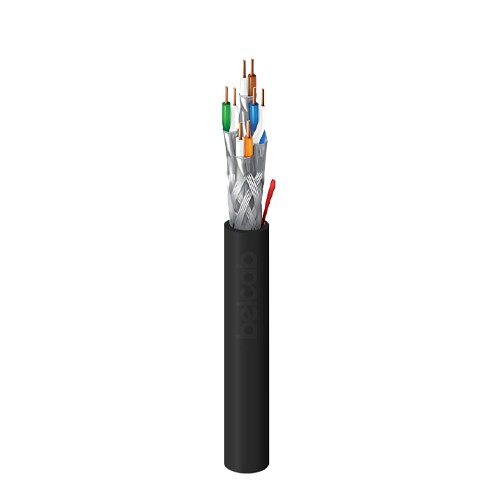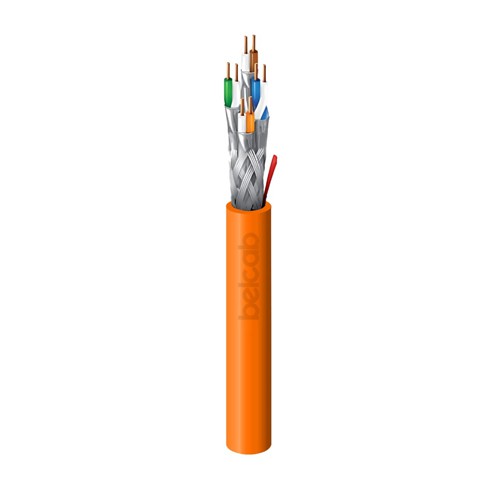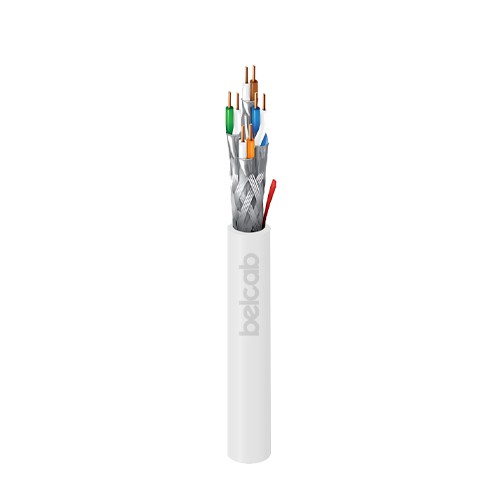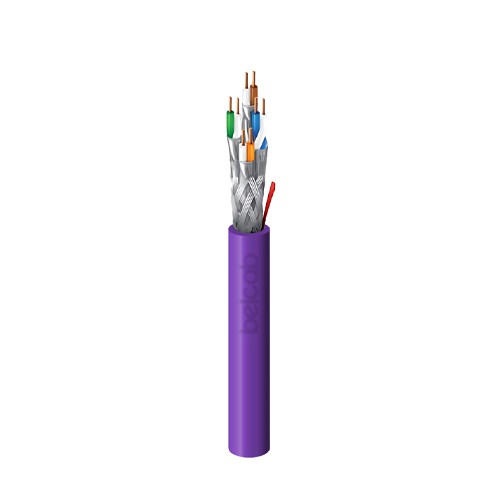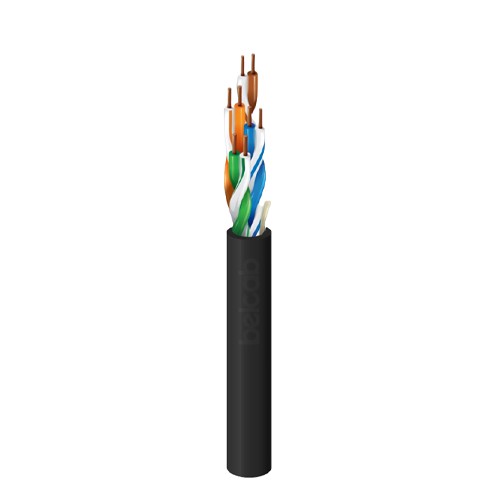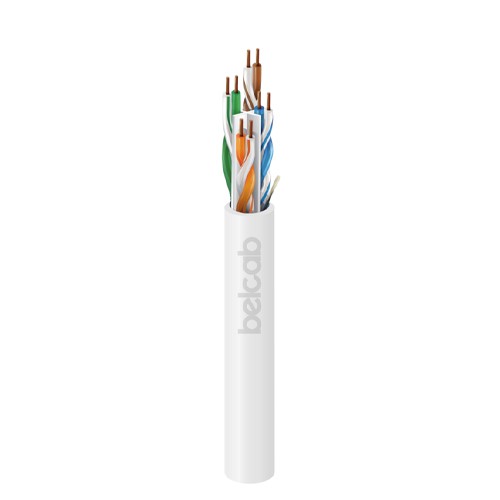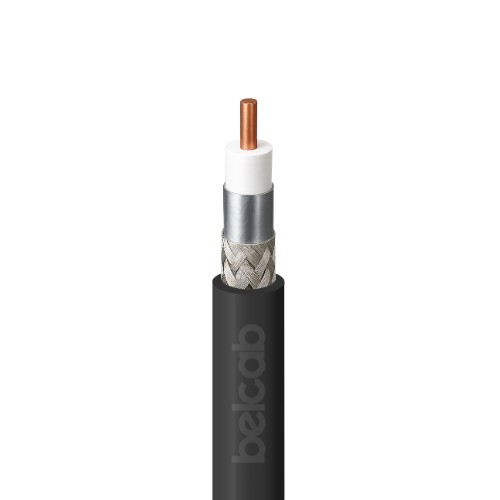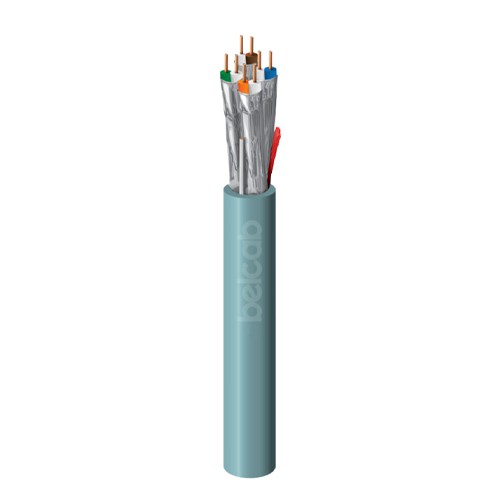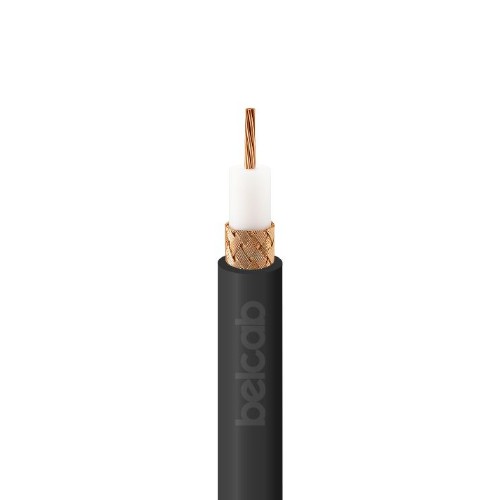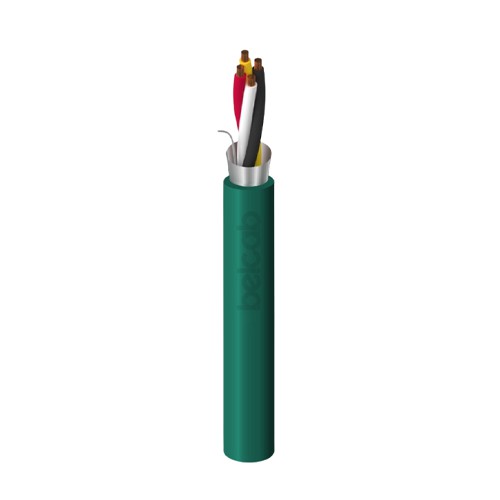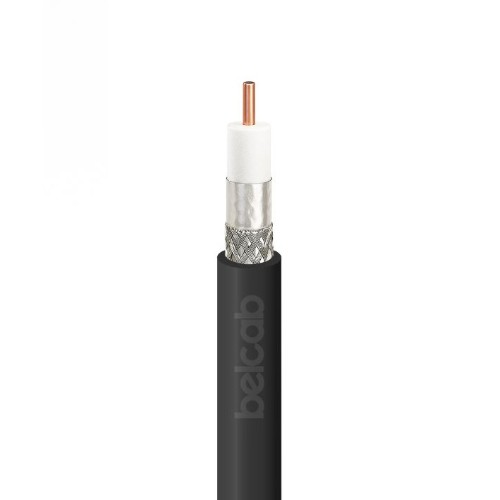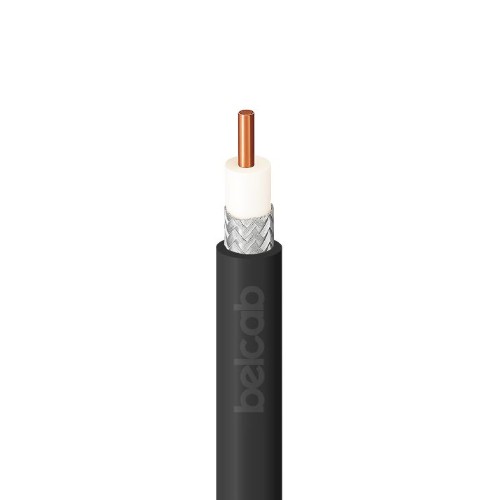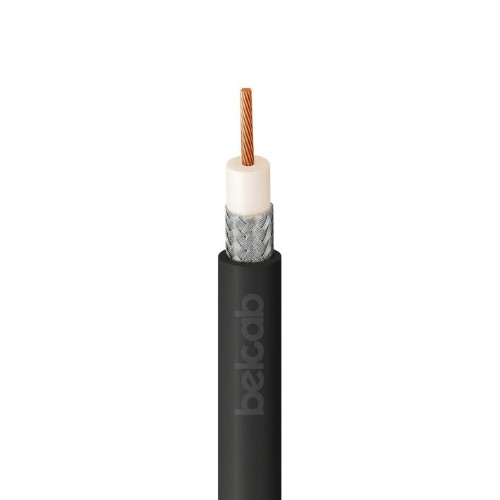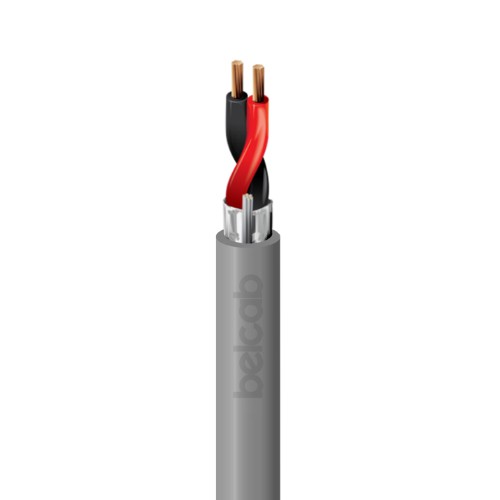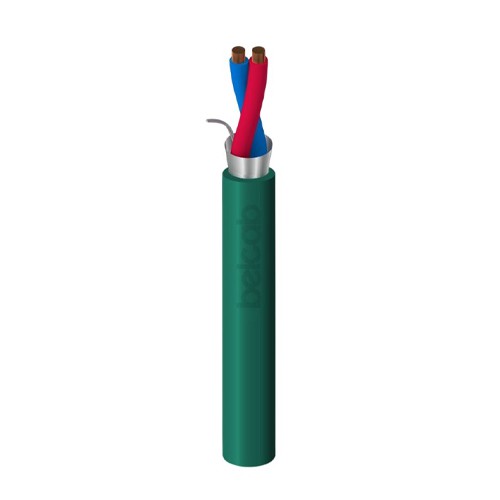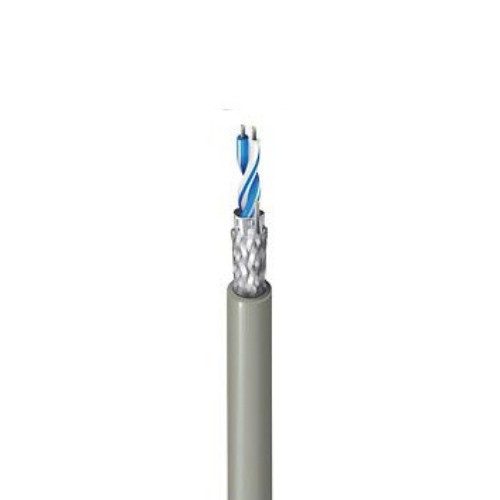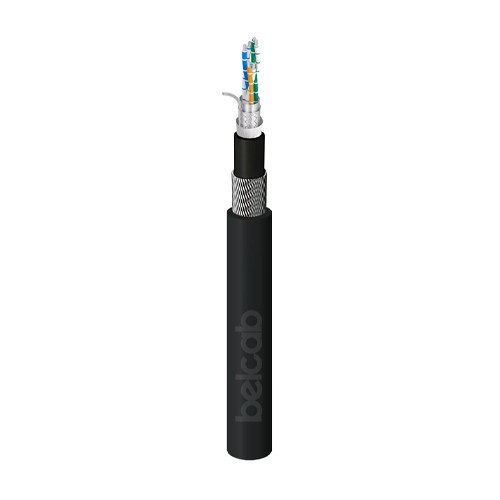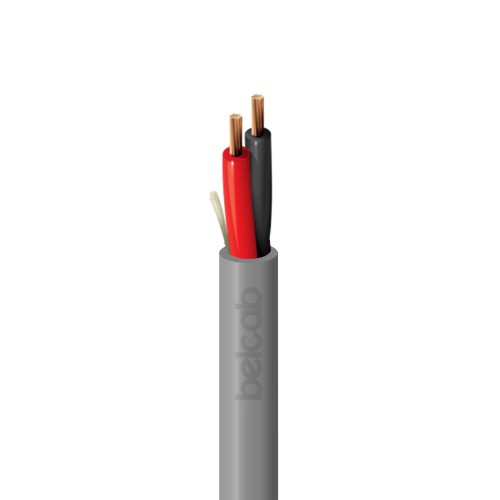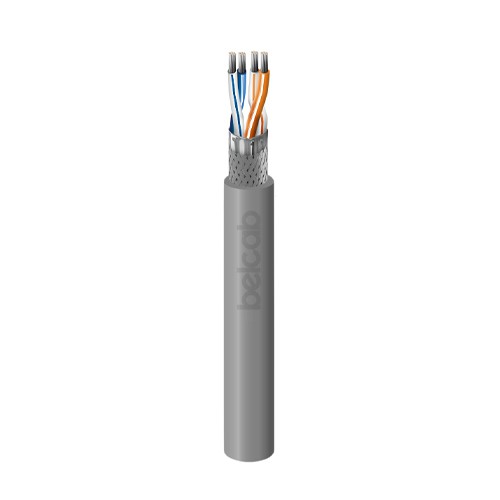Cables
Cables are essential components that facilitate the connection and transfer of data, power, and signals between electronic devices. Available in various types, cables are designed to meet specific needs, including communication, data transfer, audio/video transmission, and networking. Common types include Control Cable, Audio Cables, Coaxial Cable, Instrument Cables, KNX Cable, Fiber Cables, USB cables, HDMI cables, Ethernet cables and Power cables. Cables are often made from durable materials, such as LSZH, PE or PVC insulation, to ensure long-lasting use and protection against wear and tear. Many cables feature gold-plated connectors for optimal signal transmission and tangle-free designs for convenience.
Subcategories
-
HDMI Cables
HDMI cables (High-Definition Multimedia Interface) are high-speed digital cables used to transmit audio and video signals between devices such as TVs, monitors, gaming consoles, projectors, and computers. They support high-definition resolutions, 4K/8K video, 3D, and multi-channel audio, making them essential for home entertainment, gaming setups, and professional AV systems. HDMI cables come in various lengths and types including Standard, High-Speed, and Ultra High-Speed for different performance needs.
-
Display Port Cables
A DisplayPort cable is a high-performance digital cable designed to transmit audio and video signals between compatible devices, such as monitors, gaming PCs, laptops, and graphics cards. It supports high-resolution displays, including 4K along with high refresh rates, making it ideal for gaming, video editing, and professional workstations.
-
USB Cable
A Data/USB cable is a versatile connection solution designed to transfer data and provide power between devices such as smartphones, tablets, computers, external drives, cameras, and more. Featuring USB connectors in various formats (like USB-A, USB-C, Micro-USB, or Lightning), these cables enable fast and reliable data syncing, charging, and peripheral connectivity. -
Audio Cables
Audio cables are designed to carry analog or digital sound signals between devices such as microphones, speakers, amplifiers, mixers, and audio interfaces. Available in various types including RCA, 3.5mm stereo, 6.35mm (1/4 inch), XLR, and optical audio cables, they provide high-quality signal transfer with minimal interference.
-
Network Cables
Network cables are essential for connecting devices within a Local Area Network (LAN) and enabling fast, stable internet and data transfer. Available in categories such as Cat6, Cat6a, and Cat7, Cat8 these cables are used in homes, offices, data centers, and industrial environments. They support Gigabit and multi-Gigabit speeds with minimal signal loss.
-
Patch Cords
Patch cords are reliable networking cables used to connect devices within structured cabling systems. They ensure efficient data transfer, stable connectivity, and easy installation for networking, telecom, and IT applications. Available in multiple lengths and categories, patch cords are ideal for data centers, offices, and home networks.
-
Coaxial Cables
Coaxial cables are designed for high-frequency signal transmission with minimal loss and interference. Commonly used in Antenna, TV systems, satellite installations, CCTV, and broadband internet, coaxial cables consist of a central conductor, insulating layer, shielding, and protective jacket to ensure strong, clear signal performance. Available in types like RG6, RG59, RG58, RG11, RG213, RG214, LMR400 coaxial cables offer compatibility with a variety of applications and connectors.
-
Control Cables
Control cables are specially designed multi-core cables used for transmitting signals and controlling equipment in automation, machinery, and industrial systems. They provide reliable performance, flexibility, and resistance to mechanical stress, ensuring accurate signal transmission. Suitable for fixed or flexible installations, these cables are commonly used in conveyor systems, production lines, power plants, and building automation.
-
BMS Cable
BMS cables are designed for reliable signal transmission in Building Management Systems, including HVAC, lighting, security, and fire alarm control. They ensure stable communication between devices, offer high durability, and reduce interference for efficient building automation. Suitable for commercial, industrial, and residential projects.
-
Commercial Audio Cable
Commercial audio cables are designed to deliver clear and reliable sound transmission for professional audio systems. Built with high-quality conductors and shielding, they minimize interference and signal loss, making them ideal for use in conference rooms, auditoriums, studios, public address systems, and commercial installations.
-
Instrumentation Cable
Instrumentation cables are specially designed for accurate and interference-free transmission of signals in measurement, monitoring, and process control systems. With excellent shielding and durability, they ensure reliable performance in industrial automation, petrochemical plants, power stations, and manufacturing environments.
-
Communication Cable
Communication cables are designed to transmit data, voice, and video signals with high reliability and minimal interference. Widely used in networking, telecommunication, security systems, and building automation, these cables provide stable connectivity, durability, and efficient signal performance for commercial, industrial, and residential applications.
-
RS485 Cable
RS485 cable is a twisted pair communication cable designed for industrial data transmission over long distances with high resistance to electrical noise. It supports half-duplex and full-duplex RS485 protocol systems, ensuring stable, interference-free signals. Commonly used in automation, PLCs, building management, and security systems, RS485 cables often feature shielding for enhanced EMI protection and durable insulation for reliability in harsh environments.
-
KNX Cables
KNX cables are specifically designed for use in KNX/EIB building automation systems, enabling seamless communication between smart devices such as lighting, HVAC, blinds, sensors, and controllers. These cables ensure low voltage signal integrity and are suitable for both residential and commercial installations.
-
Fire Alarm Cables
Fire alarm cables are designed to transmit signals in fire detection and alarm systems, ensuring reliable communication between control panels, detectors, sounders, and emergency devices. These cables are manufactured using fire-resistant or fire-retardant materials and are available in shielded or unshielded versions to reduce electromagnetic interference.
-
Power Cords
A power cord is an essential electrical cable that connects electronic devices to a power source, ensuring safe and reliable energy transmission. Commonly used with computers, monitors, printers, and other electrical appliances, these cords come in various lengths, plug types, and ratings to meet international standards and voltage requirements. Designed for durability and safety, power cords feature molded plugs, strong insulation, and reinforced connectors for long-lasting performance.
-
Telephone Cable
Telephone cables are low-voltage communication wires used to connect landline telephones and telephone systems. Designed to carry voice and data signals, these cables typically consist of twisted copper pairs that reduce interference and ensure clear transmission. They are ideal for home, office, and commercial telecommunications setups, supporting analog and digital lines including DSL connections.
-
Microphone Cable
Microphone cables are specialized audio cables designed to transmit low-level audio signals from microphones to mixers, amplifiers, or audio interfaces. Typically made with high-quality shielded twisted pair conductors, these cables minimize noise, interference, and signal loss, ensuring clear and reliable sound performance. Commonly used in studios, live events, broadcasting, and public address systems.
-
Cable Wrap
Cable wraps are flexible sleeves or spiral wraps designed to bundle, organize, and protect multiple cables or wires. They help reduce cable clutter, prevent tangling, and enhance safety in workspaces, home theaters, server rooms, and industrial environments. Available in various materials like plastic, nylon, or fabric, cable wraps offer easy installation and reusability for neat and efficient cable management.

